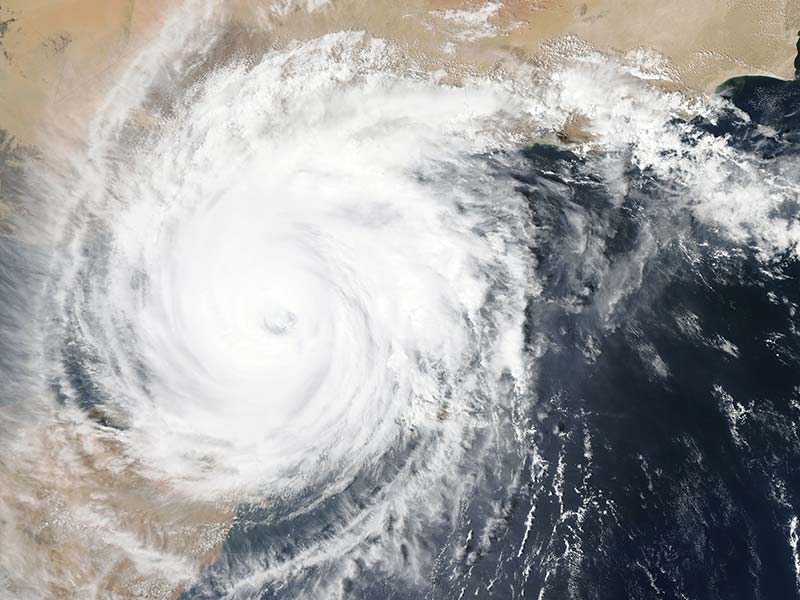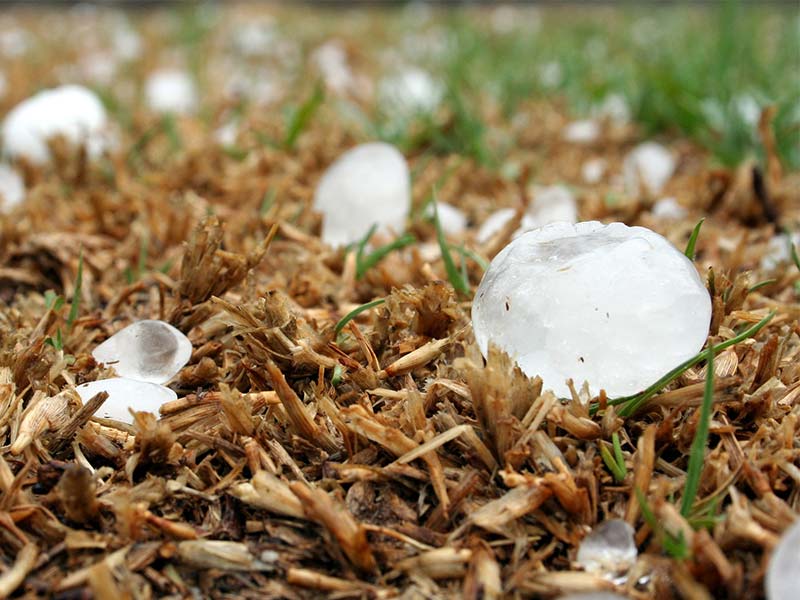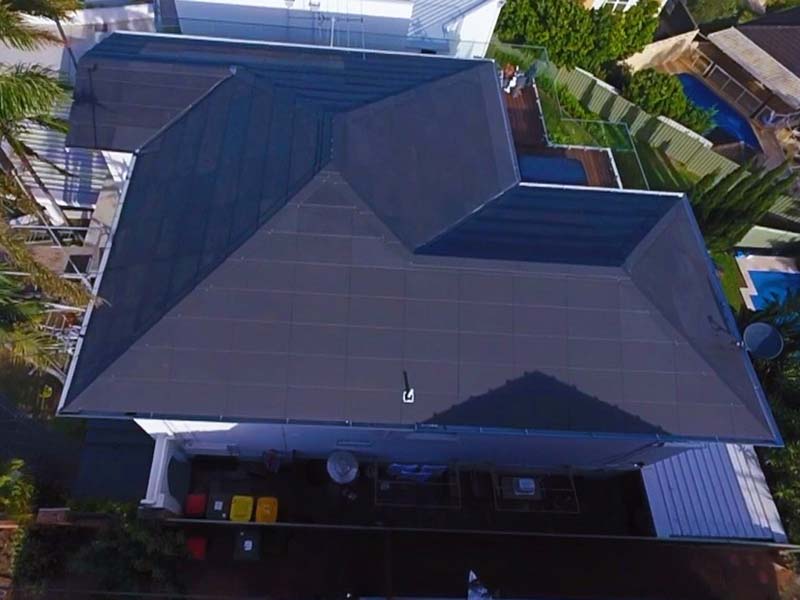Cyclones have a long history of destruction in Australia. From Cyclone Tracey in 1974 to more recent cyclones Larry and Yasi which hit the Queensland north coast. Climate change has caused more extreme weather events in recent years and protecting your home from cyclones in affected regions is more important than ever.
Windstorms cause the most damage to houses in Australia. Some of the strongest and most damaging of these winds come from cyclones. A roof is subject to the most severe uplift forces and can be devastating to your home if you lose a roof during a cyclone. A few factors combine to ensure your roof is as safe as possible from the fiercest of storms.
House position
The position of a home can have a key influence over the impact of wind. Exposed areas near the coastline or higher on the rise or ridgeline of a hill will generally have more wind exposure. Also, other surrounding structures both natural and man-made can have an impact on wind exposure. It is also mindful to note that house position in regard to surrounding risks such as large overhanging trees which might cause secondary damage resulting from wind.
Roof design
The shape of your roof can impact the effect of wind forces on your roof. Typcially, a roof angled on all four sides is best to resist the force of cyclonic to winds. Doors, including garage doors, also need to be secure to stop wind getting underneath your roof. Double bolted doors, shatterproof windows and cyclone rated garage doors will all prevent the upward force of wind gusts impacting your roof.
Roof material & fixing system
The choice of material and fixing system is critical to the survival of your roof during a cyclone. Roofs fixed by nails will simply rip out during strong winds. A secure fixing system is required to attach the tiles or sheeting to your roof battens. This includes clips or screws for the tiles and the battens that connect the tiles to roof trusses. Trusses themselves should be attached to the walls with straps or bolts.
Maintenance
A chain is only as strong as its weakest link. A house may have been built with cyclone rating features, but regular maintenance will ensure it remains resistant. Checking fixings, rotten or rusted structural materials and unsecure doors and windows. It also means taking care of yard maintenance around the home such as trees, fences and water tanks which can become missiles during a storm.
There are a number of factors to consider when looking to make your roof resistant to extreme winds. While no home can be considered fully safe from cyclones, by considering your position, and roof design you should ensure the necessary structure is sound and remains sound through regular maintenance.
Tractile Premium Roofing‘s system is certified to withstand winds up to 266.4km/h (N5r) through its unique hook and batten fixing system that secures each tile to the roof. The unique composite material is made of fibreglass resin composite that is vastly superior in terms of impact resistance than concrete tiles or metal roofing. It is lightweight, easy to install and can be integrated with Tractile solar tiles to generate solar energy and hot water without the need for solar panels.





